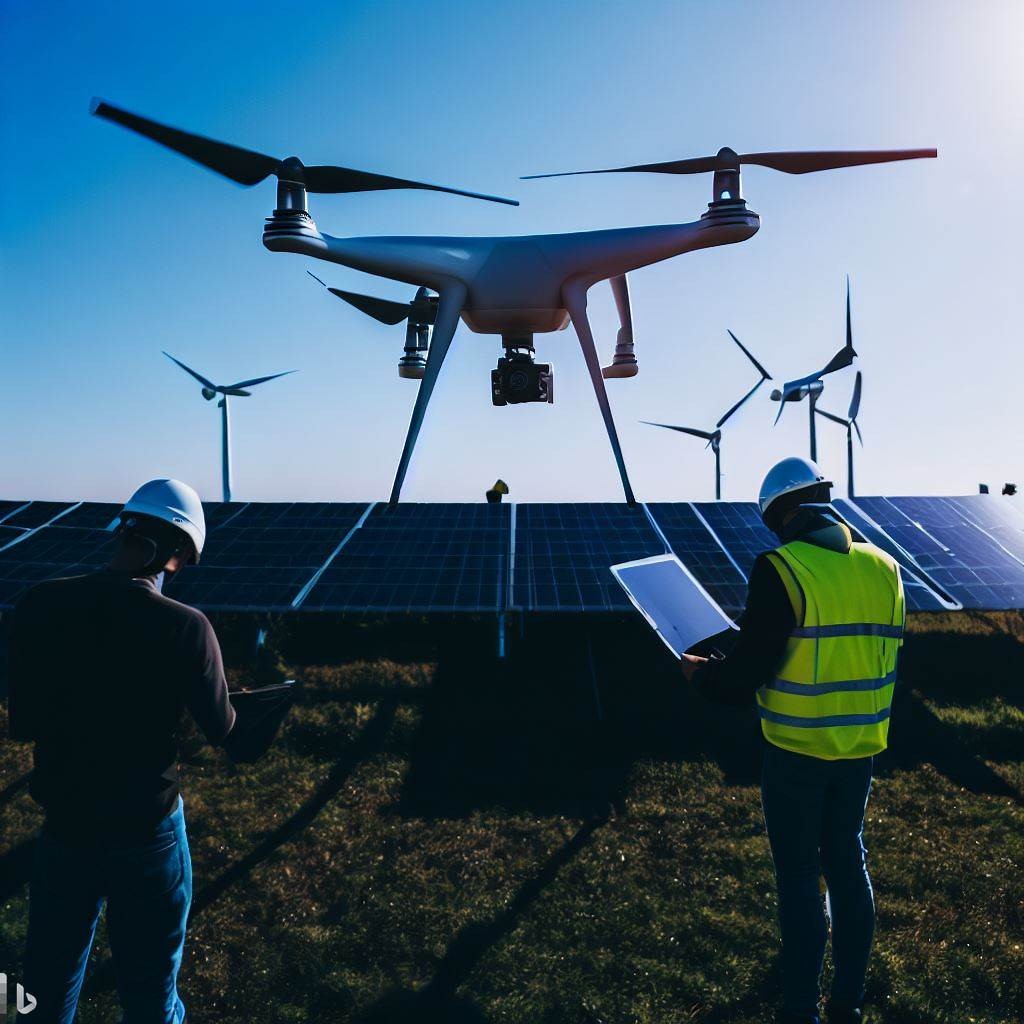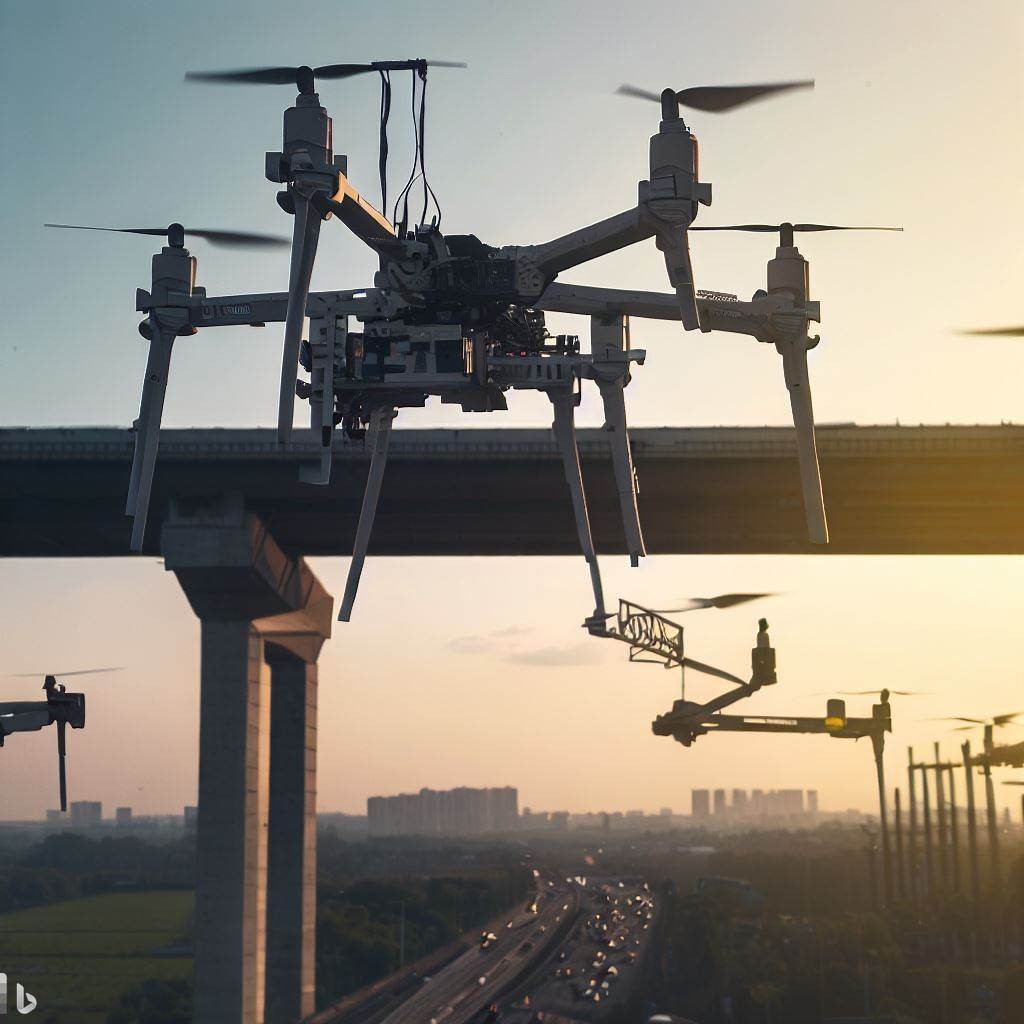
Compliance with Regulations: Utilities must ensure that they comply with regulations related to drone operations, including FAA regulations for commercial drone use. Compliance with these regulations ensures that drone operations are safe and legal.
Data Management : Developing data management plans for drone operations to ensure that data is collected and analyzed in a way that is accurate, reliable, and secure. Data management plans should include procedures for data storage, retrieval, analysis, and sharing.
Risk Management: Risk management plans for drone operations to ensure that risks are identified and addressed in a timely manner. Risk management plans should include procedures for responding to emergencies and mitigating risks associated with drone operations.
Training and Certification : Provide training and certification for drone operators to ensure that they have the necessary skills and knowledge to operate drones safely and effectively.
Collaboration and Communication : Utilities must collaborate and communicate with stakeholders, including regulators, customers, and employees, to ensure that drone operations are safe, compliant, and effective. Collaboration and communication can help to identify potential issues and solutions, and can help to build trust and support for drone operations.

Drones in Solar Inspection : The use of drones has revolutionized the way we inspect solar panels. Drones are cost-effective, efficient, and provide detailed imagery that allows for a thorough analysis of panel condition and potential issues. By using drones for solar panel inspection, we can save time and resources compared to traditional inspection methods, allowing for more frequent inspections and maintenance. This means that we can identify potential issues before they become major problems, ensuring that our solar panels are operating at peak efficiency.
Wind Turbine Inspection : Wind turbines are an important source of renewable energy, but they can be difficult and dangerous to inspect. Fortunately, drones provide a safe and effective way to inspect wind turbines. Drones can inspect wind turbines more quickly and efficiently than traditional methods, reducing downtime and maintenance costs. Additionally, they can capture thermal imaging and LiDAR data, allowing for a more detailed analysis of turbine condition and potential issues. By using drones for wind turbine inspection, we can improve worker safety, reduce costs, and improve the overall efficiency of our renewable energy infrastructure.
Electric Facilities Inspection: Drones can be used to inspect hard-to-reach areas, such as rooftops, towers, or pipelines, without putting human inspectors at risk. By providing a bird's eye view of these areas, drones can help identify potential safety hazards, such as corrosion, leaks, or structural damage, before they become critical. This allows facilities to take proactive measures to address safety issues and prevent accidents.
High Voltage Transmission and Distribution Line Inspection: Maintaining and inspecting high voltage transmission and distribution lines is a difficult and costly task. Fortunately, drones provide a safe and cost-effective solution. Drones can quickly and efficiently identify threats to the energy grid, allowing utilities to respond more quickly to potential issues. By identifying issues early, utilities can take action to prevent outages and improve reliability. Additionally, drones can gather a variety of data through infrared sensors, ultraviolet cameras, and radio frequency sensors, which can help utilities identify potential issues and inform maintenance and repair efforts. By using drones for high voltage transmission and distribution line inspection, utilities can reduce costs, improve safety, and increase reliability.

